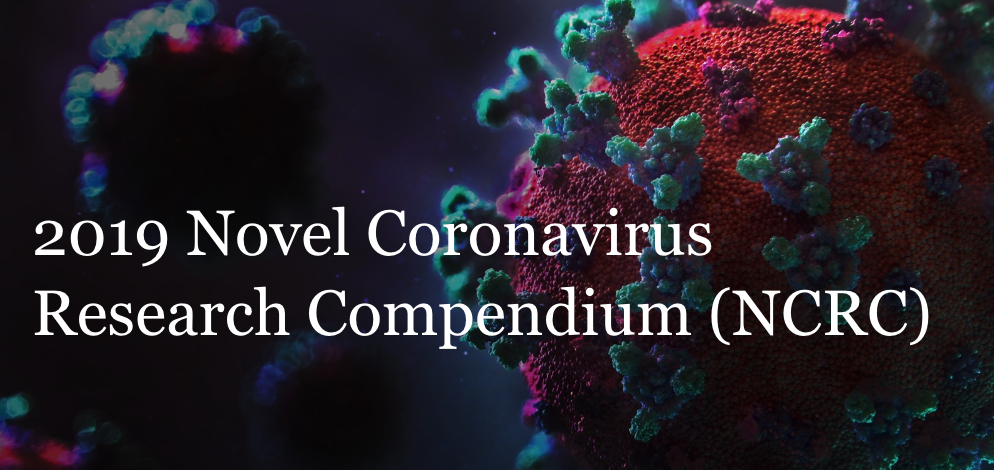SARS-CoV-2 infection and transmission in school settings during the second COVID-19 wave: a cross-sectional study, Berlin, Germany, November 2020
This article has been Reviewed by the following groups
Discuss this preprint
Start a discussion What are Sciety discussions?Listed in
- Evaluated articles (ScreenIT)
- Evaluated articles (NCRC)
- High interest articles (NCRC)
Abstract
School attendance during the COVID-19 pandemic is intensely debated.
Aim
In November 2020, we assessed SARS-CoV-2 infections and seroreactivity in 24 randomly selected school classes and connected households in Berlin, Germany.
Methods
We collected oro-nasopharyngeal swabs and blood samples, examining SARS-CoV-2 infection and IgG antibodies by RT-PCR and ELISA. Household members self-swabbed. We assessed individual and institutional prevention measures. Classes with SARS-CoV-2 infection and connected households were retested after 1 week.
Results
We examined 1,119 participants, including 177 primary and 175 secondary school students, 142 staff and 625 household members. SARS-CoV-2 infection occurred in eight classes, affecting each 1–2 individuals. Infection prevalence was 2.7% (95% confidence interval (CI): 1.2–5.0; 9/338), 1.4% (95% CI: 0.2–5.1; 2/140), and 2.3% (95% CI: 1.3–3.8; 14/611) among students, staff and household members. Six of nine infected students were asymptomatic at testing. We detected IgG antibodies in 2.0% (95%CI: 0.8–4.1; 7/347), 1.4% (95% CI: 0.2–5.0; 2/141) and 1.4% (95% CI: 0.6–2.7; 8/576). Prevalence increased with inconsistent facemask-use in school, walking to school, and case-contacts outside school. For three of nine households with infection(s), origin in school seemed possible. After 1 week, no school-related secondary infections appeared in affected classes; the attack rate in connected households was 1.1%.
Conclusion
School attendance under rigorously implemented preventive measures seems reasonable. Balancing risks and benefits of school closures need to consider possible spill-over infection into households. Deeper insight is required into the infection risks due to being a schoolchild vs attending school.
Article activity feed
-
-

SciScore for 10.1101/2021.01.27.21250517: (What is this?)
Please note, not all rigor criteria are appropriate for all manuscripts.
Table 1: Rigor
Institutional Review Board Statement IRB: The study was reviewed by the Ethics Committee of Charité–Universitätsmedizin Berlin (EA2/091/20)
Consent: Informed written consent and assent was obtained from all participants and legal representatives.Randomization In each stratum, two districts were randomly selected, and in these, two primary and two secondary schools. Blinding not detected. Power Analysis not detected. Sex as a biological variable not detected. Table 2: Resources
No key resources detected.
Results from OddPub: We did not detect open data. We also did not detect open code. Researchers are encouraged to share open data when possible (see Nature blog).
Results from LimitationRecognizer: An …SciScore for 10.1101/2021.01.27.21250517: (What is this?)
Please note, not all rigor criteria are appropriate for all manuscripts.
Table 1: Rigor
Institutional Review Board Statement IRB: The study was reviewed by the Ethics Committee of Charité–Universitätsmedizin Berlin (EA2/091/20)
Consent: Informed written consent and assent was obtained from all participants and legal representatives.Randomization In each stratum, two districts were randomly selected, and in these, two primary and two secondary schools. Blinding not detected. Power Analysis not detected. Sex as a biological variable not detected. Table 2: Resources
No key resources detected.
Results from OddPub: We did not detect open data. We also did not detect open code. Researchers are encouraged to share open data when possible (see Nature blog).
Results from LimitationRecognizer: An explicit section about the limitations of the techniques employed in this study was not found. We encourage authors to address study limitations.Results from TrialIdentifier: No clinical trial numbers were referenced.
Results from Barzooka: We did not find any issues relating to the usage of bar graphs.
Results from JetFighter: We did not find any issues relating to colormaps.
Results from rtransparent:- Thank you for including a conflict of interest statement. Authors are encouraged to include this statement when submitting to a journal.
- Thank you for including a funding statement. Authors are encouraged to include this statement when submitting to a journal.
- No protocol registration statement was detected.
-

Our take
This was a cross-sectional study, available as a preprint and thus not yet peer reviewed, conducted in November 2020, studying SARS-CoV-2 transmission among 24 randomly selected Berlin, Germany school classes and their connected households. Among students, infection prevalence was 2.7% (9/338). Among staff and household members, infection prevalence was 1.4% (2/140) and 2.3% (14/611), respectively. There were no secondary infections detected in school settings one week after initial testing; the attack rate among household contacts was 1.1%. This study is promising in that it shows that school-based transmission was low , even during a peak transmission period. Still, results should be interpreted with caution as they represent a single, very brief time period.
Study design
cross-sectional
Study …
Our take
This was a cross-sectional study, available as a preprint and thus not yet peer reviewed, conducted in November 2020, studying SARS-CoV-2 transmission among 24 randomly selected Berlin, Germany school classes and their connected households. Among students, infection prevalence was 2.7% (9/338). Among staff and household members, infection prevalence was 1.4% (2/140) and 2.3% (14/611), respectively. There were no secondary infections detected in school settings one week after initial testing; the attack rate among household contacts was 1.1%. This study is promising in that it shows that school-based transmission was low , even during a peak transmission period. Still, results should be interpreted with caution as they represent a single, very brief time period.
Study design
cross-sectional
Study population and setting
Between November 2 and 16, 2020, the initial peak of Germany’s second wave, SARS-CoV-2 transmission was studied among 24 randomly selected Berlin school classes (one class per 24 schools; classes were selected from grades 3-5 and 9-12) and their connected households. Both RT-PCR (SARS-CoV-2 infection) and ELISA tests (anti-SARS-CoV-2-IgG) were performed on oro-nasopharyngeal swabs and finger-prick blood samples from all students and staff. For all household contacts, self-swabs were collected, and they provided finger-prick samples at mobile clinics setup at school. A digital questionnaire was completed by all participants two days prior to the study visit day. Infection prevention and control measures happening in the schools were documented. In any classes with identified SARS-CoV-2 infection, school attendees and household members were re-tested one week later using self-swabs for data collection.
Summary of main findings
The study was made up of 1119 participants (352 students, 142 staff, and 625 household members). All schools had signs of hand hygiene, soap and water in restrooms, and air ventilation at least three times per day. 15 of the 24 schools (65%) did not have an obligatory facemask obligation within the classroom, but all had one for interaction outside of the classroom. Among students, infection prevalence was 2.7% (95% CI: 1.2-5.0%; n= 9/338). Among staff and household members, infection prevalence was 1.4% (0.2-5.1%; 2/140) and 2.3% (1.2-3.8%; n=14/611), respectively. Among students, IgG antibodies were detected in 2.0% (0.8-4.1%; n=7/347) of samples. Among staff and household members, IgG antibodies were detected in 1.4% (0.2-5.0%; n=2/141) and 1.4% (0.6-2.7%; n=8/576), respectively. In the one-week period following initial infections, no school-related secondary infections were detected, while the attack rate in households was 1.1% ([0.3-2.9]; n=4/352 persons with exposed index participant following the initial cross-sectional assessment.
Study strengths
Classrooms were selected at random, indicating that in expectation, there should be no characteristics of the classrooms that would make them have a different infection prevalence than other classrooms in Berlin. The use of both PCR and antibody testing on all individuals regardless of symptoms is an additional strength.
Limitations
These data were cross-sectional and represented a small window of time (less than a month); less can be said using these data on trends in transmission over time, and it is unclear whether what was captured here was representative of a larger period or not. The total number of events (cases) was small, making it difficult to describe differences by the use of different infection prevention and control measures.
Value added
This study provides a snapshot of potential transmission of SARS-CoV-2 in 24 classrooms and their associated households in Berlin, Germany.
-


